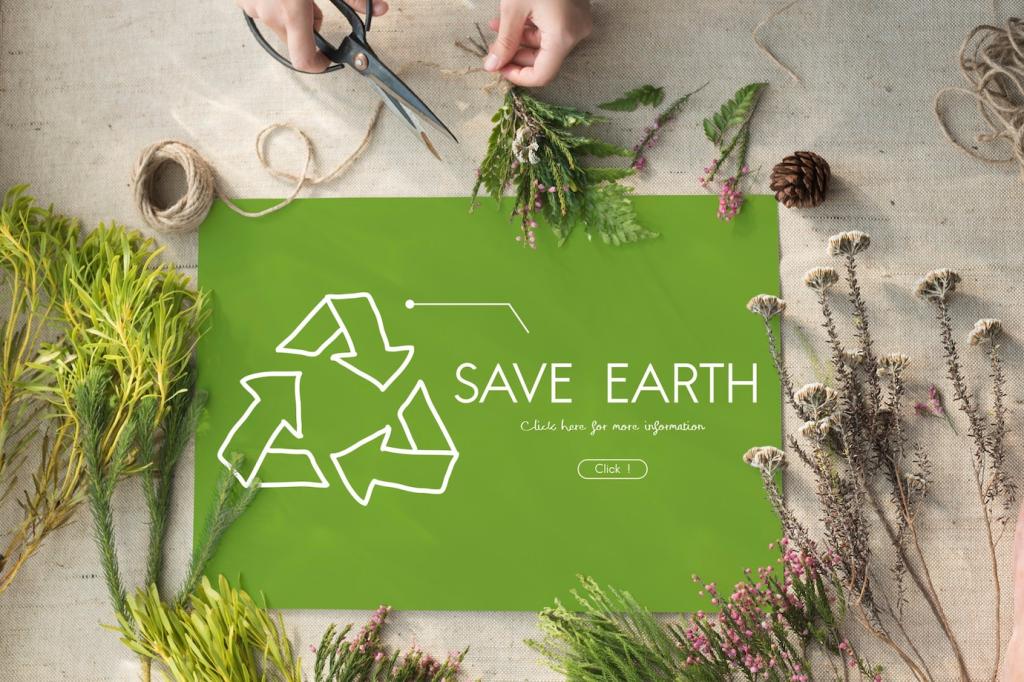Case Studies of Sustainable Real Estate Developments
Selected theme: Case Studies of Sustainable Real Estate Developments. Explore real projects, honest lessons, and inspiring results from places where sustainability moved from ambition to action. Subscribe for fresh case studies, and tell us which developments you want us to investigate next.

Regenerating forgotten sites
Many standout case studies begin on brownfields or derelict docks, where teams transform liability into value. Projects like Vauban in Freiburg and Dockside Green in Victoria show how environmental cleanup, transit access, and mixed uses can unlock thriving, low-carbon neighborhoods.

Charrettes that align diverse voices
Successful developments convene early design charrettes with community members, city planners, financiers, and operators. Shared maps, storyboards, and cost lenses reveal common ground, turning potential friction into co-ownership of outcomes. How do you structure early alignment on your projects?

Targets that guide every decision
Clear performance targets—net-zero operational carbon, Passive House envelopes, biodiversity net gain, or circular materials—anchor decisions when pressures mount. Leading teams embed targets into contracts and dashboards, ensuring short-term tradeoffs never dilute the long-term sustainability promise.
Energy and Carbon in the Real World
Net-positive possibilities
From the Bullitt Center’s net-positive years to solar-topped housing blocks, energy surplus emerges when loads are aggressively reduced and occupants are engaged. Smart submetering, right-sized equipment, and uncluttered maintenance routines keep performance durable after ribbon-cutting.
Electrification that futureproofs
All-electric buildings with heat pumps and induction cooking cut onsite combustion and enable cleaner grids over time. Case studies highlight careful peak-load management, thermal storage, and demand response contracts that stabilize bills and strengthen resilience during extreme weather.
Embodied carbon counts too
Teams now track embodied carbon with material inventories and procurement requirements. Reused steel, mass timber structures, and low-carbon concrete blends are gaining ground. Case studies show how early structural decisions outweigh late-stage substitutions in reducing a project’s total footprint.


Water, Landscape, and Biodiversity
Onsite treatment, rainwater harvesting, and constructed wetlands turn waste into resource. At Dockside Green, visible water features educate residents while reducing loads on municipal systems. Tenants report pride in stewardship when dashboards translate liters saved into tangible community benefits.
Water, Landscape, and Biodiversity
From One Central Park’s sunlight-redirecting heliostats to Bosco Verticale’s planted balconies, case studies show cooling microclimates, habitat creation, and quieter streets. Green façades also change how residents use outdoor space, inviting morning coffee among pollinators rather than on paved edges.
Materials, Circularity, and Construction Logistics
Projects using reversible connections and material passports enable future reuse and easier repairs. Dutch case studies, like demountable office buildings, show that documenting assemblies from day one turns tomorrow’s demolition into today’s materials bank, protecting value and trimming lifecycle costs.
Materials, Circularity, and Construction Logistics
Regional timber, recycled steel, bio-based insulation, and lime plasters reduce transport and embodied impacts. Teams note improved indoor comfort and faster installation. The lesson is consistent: align architectural expression with materials that store carbon rather than merely offsetting emissions later.


People First: Health, Equity, and Community
High-ventilation apartments with generous daylight and quiet courtyard gardens consistently score higher in resident satisfaction. One tenant told us she noticed fewer headaches after move-in, crediting filtered air and a warm, plant-rich lobby that made every return feel restorative.
People First: Health, Equity, and Community
Car-light districts like Vauban show how transit passes, bike infrastructure, and shared mobility hubs replace parking bays with play streets and pocket parks. Developers report healthier residents, livelier ground floors, and better retail performance when people actually linger rather than simply drive through.
People First: Health, Equity, and Community
Mixed-income housing, community kitchens, and ground-floor social enterprises knit neighbors together. Case studies demonstrate that consistent staffing—concierges, stewards, and youth mentors—turns amenities into relationships. What community programs have most improved belonging in your developments?
Financing and Proof of Value
From green bonds to impact funds, creative stacks make ambitious projects viable. Power purchase agreements, land write-downs, and public-private partnerships appear often. The winning pattern: align investors with clear milestones so sustainability payoffs are visible, auditable, and shared.


Financing and Proof of Value
Lower energy, water, and maintenance costs stabilize cash flow, while comfort and design quality improve retention. Some case studies note modest rent premiums, but caution that transparency and measured performance—rather than labels alone—sustain trust and long-term asset value.
Operations, Data, and Lessons Learned
Occupant surveys plus sensor data reveal unexpected heat gains, ventilation quirks, and comfort gaps. One office reduced complaints after lowering overnight setpoints and retraining cleaning crews. Share your biggest post-occupancy surprise and what it changed in your next project.
Operations, Data, and Lessons Learned
Resident green teams, gamified energy dashboards, and transparent maintenance logs build shared ownership. In one family housing project, kids’ water-saving competitions cut summer consumption meaningfully—and sparked conversations about rivers, climate, and fairness at the dinner table.

Join our mailing list
